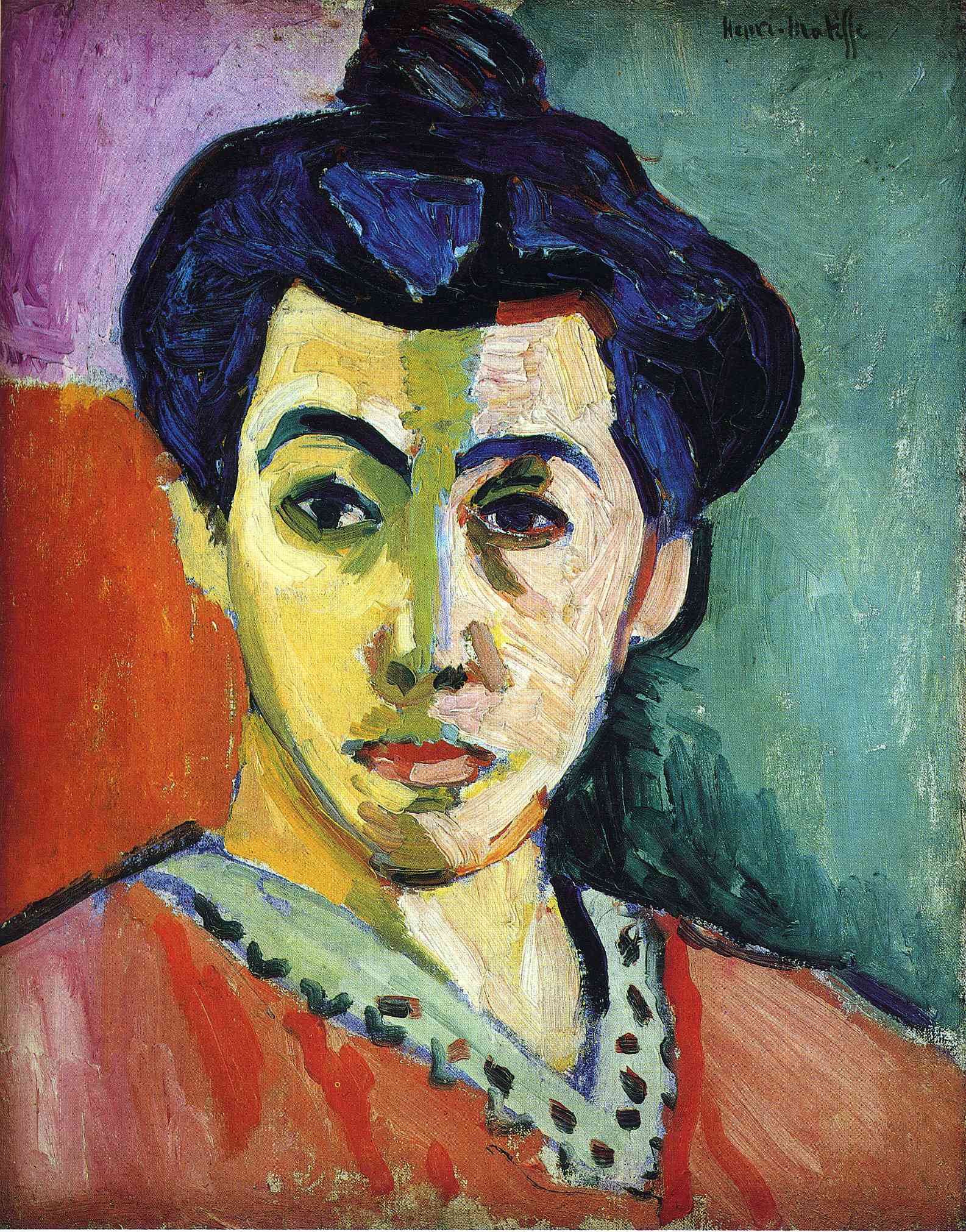art-Matisse.com
Henri Matisse 1869-1954
©Henri Matisse - Portrait of Madame Matisse. Green Stripe 1905
 Portrait of Madame Matisse. Green Stripe |
From Statens Museum for Kunst, Copenhagen:
This depiction of the artist’s wife, Amélie, is one of Matisse’s most famous paintings and a masterpiece within 20th century portraiture.
Much of its strength resides in its simple geometric structure and in the way in which the colours are combined. Spatial modulation is pared back to a minimum. Effects of light and shadow, which would have added depth to the image, have been translated into planes of colour instead.
Wild experiments with Derain
The painting was presumably painted in the autumn of 1905, when Matisse had returned to Paris after spending a summer in the fishing village of Collioure. Here, he and André Derain engaged in ever-wilder painterly experiments intended to release colour from its descriptive function, allowing it to act as a force in its own right.
With its unorthodox use of colour, the painting is built on those experiments.
By: Dorthe Aagesen